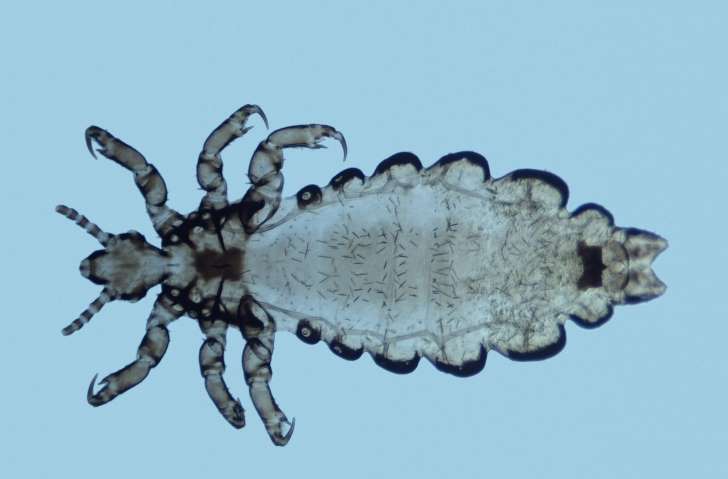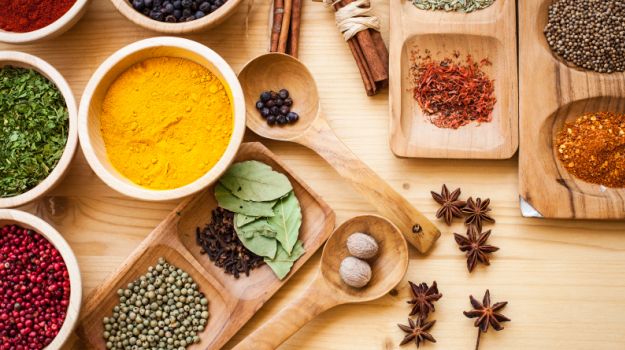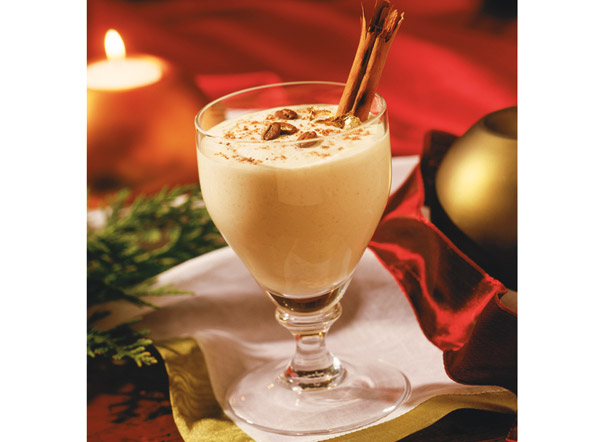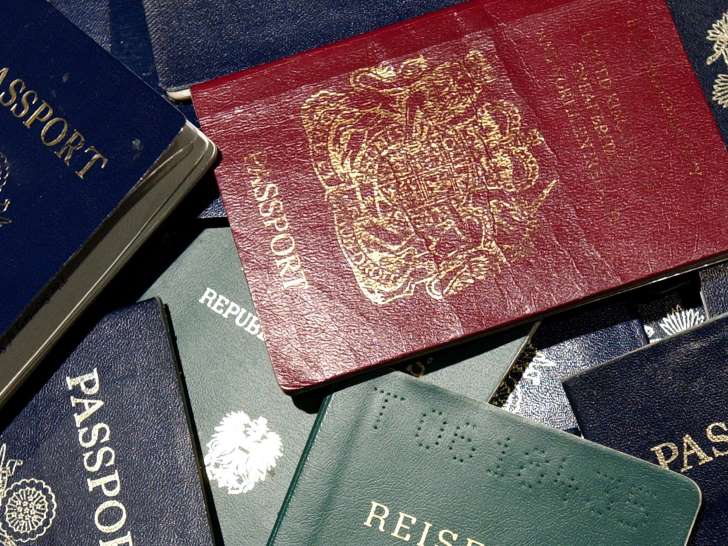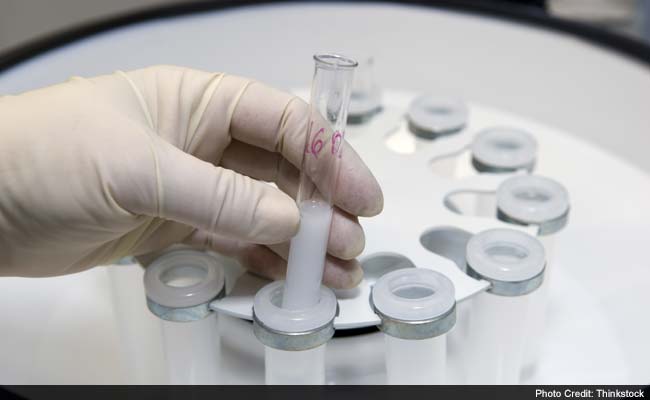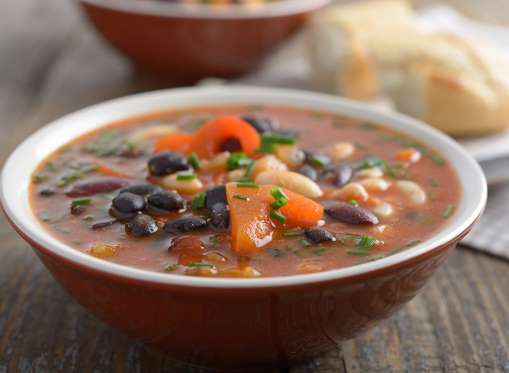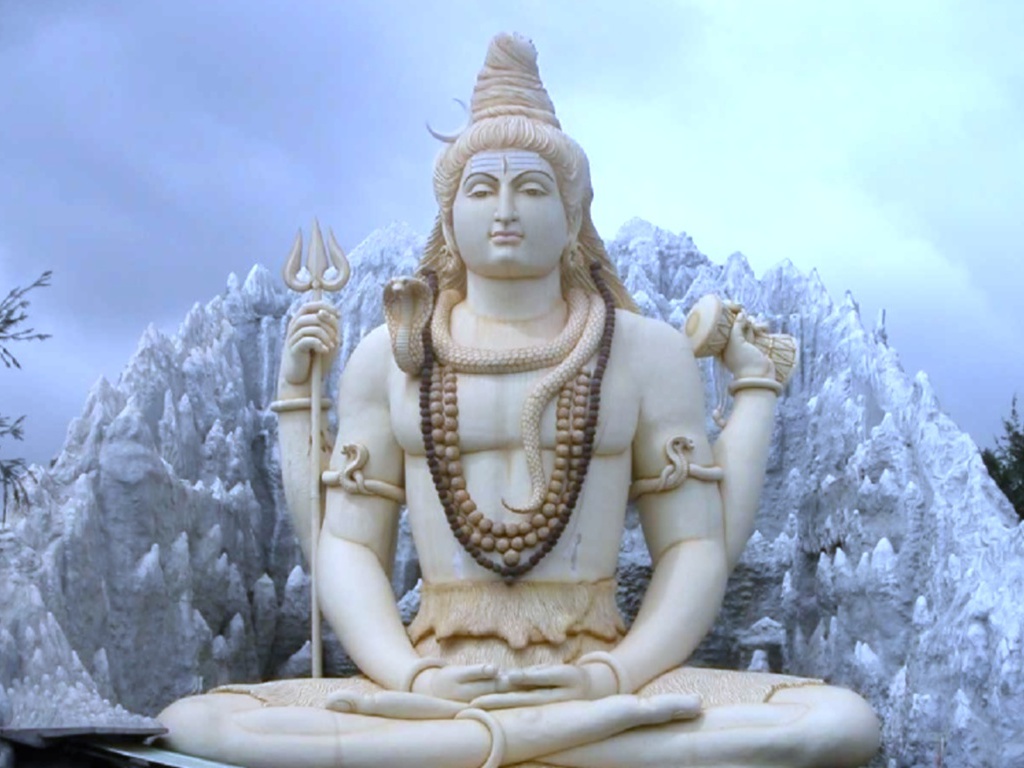
– Dr Satish K Kapoor
In Hinduism plants are both worshipped and used in worship.The flora associated with the worship of Shiva synchronizes with the qualities attributed to him. As compared to other deities, his worship does not evolve complicated rituals ( karma kanda). He accepts leaves, flowers or fruit of plants which are normally eschewed, and are easily available in the open or on roadside. One need not always go to market or garden to procure them. His flora represents the eerie, the wild, the weird and the poisonous in life, and is devoid of romantic implications.
Each plant associated with Siva is transformative, as it opens up the heart centre -Anahata Chakra –in the subtle human system, if it is perceived with divine feeling. This is despite the fact that Shiva has no special fascination for red flowers while the colour represented by Anahat Chakra is red. White and blue are Shiva’s favourite – the former signifies the Lord’s purity and all-absorbing nature; the latter represents the spiritual flame radiating from His Being. Shiva begets, sustains and disintegrates the five primordial elements as per His own volition – personifying them all at the same time. Being the expositor of Tantra, some plants dear to Him, like Akka(Calotropis gigantea) and Apamarga (Achyranthes aspera) are used for divination or magical purposes.
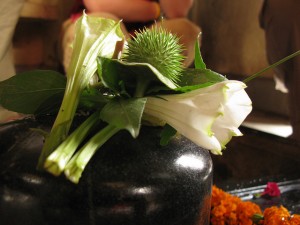
Bilva
Shiva has an ascetic disposition; so is Bilva, also called, Bael, Shriphal or Wood Apple tree (Aegle marmelos), which grows naturally in forests. Yogis who live in solitary places can survive on Bael-fruit and preserve it for months as it does not get stale. The three aspects of Sada-shiva – the Eternal Lord – responsible for creation, preservation and destruction of the world, are represented by the trifoliate leaves of Bilva used in His worship. Bilva-leaves also represent the three eyes of Shiva – right, left and in the centre of forehead – and his three weapons. Shiva forgives the sins of three births. The form of Bilva-fruit resembles Shivalinga, sacred mark of the Lord, and is worshipped as such. Another reason why Shiva is associated with Bilva is that he destroyed Kama, god of love and passion. In Ayurvedic texts, Bilva is called kama-shamak – that which dilutes lustful feelings.
Bilva- ashtkam or eight hymns to Bilva, are recited on appropriate occasions in the worship – rites of Shiva. The Lord’s presence is felt when two parties take a pledge over a Bilva-leaf. So sacred is Bilva that it is planted in north or north-west direction, like Shivalinga, in temples. According to the Shiva Purana ( Rudrasamhita,14:33), if a hundred thousand leaves of Bilva are used in worship, it fulfils all desires.
Dhatura
Shiva remains in divine intoxication, hence the association of intoxicating plants with him. He consumes that which others abhor, that which is toxic and harmful to the human body. He drank the deadly poison halahal which came out during the mythical churning of ocean (samudra manthana). Dhatura or thorn-apple, which is offered to Shiva, has poisonous alkaloids. Its round fruit covered with pointed thorns represent Shiva in his furious (ugra) nature . According to Shiva Purana (Rudrasamhita, XIV,26-27) a person desirous of male children shall worship him with dhatura flowers. Yogis inhale the smoke of its burning leaves to cure kapha-disorders,like bronchitis or asthma, and toothache.
Bhang
Shiva is called the Lord of Hemp. It is believed that he created Bhang (Cannibis sativa) out of his body to clean up the elixir which was received after the churning of ocean. The plants of Bhang grew wherever the elixir fell. The beverage(thandai) made up of the leaves of Bhang and other ingredients like soaked poppy seeds, almonds, sugar etc., is traditionally used by Shiva’s devotees on Shivaratri, the great night of Shiva, which falls on Phalguna Krishna Chaturdashi, fourteenth day of the dark half of the Hindu month, Phalguna. The beverage is also consumed as a part of celebrations of Holi festival. Sometime, people smoke hemp flower or Ganja in Shiva’s name but there is no scriptural sanction.
Akka and Kaner
Leaves and flowers of Akka known for their intoxicating properties, are also offered to Shiva. Akka-fruit, which has a fish-like shape, and is pearly-white within, reveals the complexity of his existence. Kaner(Karvira), widely known for its use in leucoderma, fever, bronchitis and eye-disorders, is also associated with Shiva due to its poisonous nature.
Rudraksha
Shiva wears the berries of Ultrasum Bead tree(Elaeocarpus ganitrus) popularly known as Rudraksha, highly praised in Atharva Veda, Puranas, Rudraksha-Jabala Upanishad, Tantric and Ayurvedic texts. According to Shiva Purana (Vidyeshvara Samhita,XXV,5-7) Rudraksha represent the tears of Rudra(Shiva) which he shed in flutter, ‘from a desire of helping the worlds’, soon after he awoke from his meditative state.. Later, the trees of Rudraksha were raised by him in Gaud(Bengal),Mathura, Kashi and Ayudhya (all In Uttar Pradesh), Malaya and Sahya mountain ranges, Sri Lanka and other places (XXV,9-11)
Rudraksha is as dear to Shiva as Tulsi – holy Basil – to Vishnu, and red-coloured hibiscus to Ganesha. Its importance is seen from the number of faces or slits it has – varying from 1 to 24. Each type has its symbolic value and mythology, and can be charged with namah-shivaya and other mantras. Wearing of Rudraksha beads as necklace or armlet or adorning it on other parts of body is considered auspicious, and remains the identifiable mark of Shaivites.
Henna
Henna (Lawsonia inermis) is associated with Shiva because his consort, Parvati, applied the paste of its leaves on her body. During social and religious ceremonies of Hindus, like marriage, or other festivities like Karvachauth vrata (sacred vow for the long life of husband), Henna is used as an adornment by girls and women on various parts of body. Traditionally, Mondays falling in the Hindu Shravana month – rainy season- are considered to be the best for applying Henna. Due its cooling effect men and women apply it on the souls of feet, or paint tattoos or intricate designs on their body. Henna-flowers, which are small, white or pinkish and help in curing skin disorders, sore throat, and burning sensation, are also used in Shiva worship in some parts of India.
Apamarga
Just as durva-grass and leaves of Shami are offered to Ganesha, Apamarga, a common weed called prickly chaff flower, is offered to Shiva, who, in mythological lore, remains wrapped with serpents all over his body. Shiva is associated with Apamarga, because the plant is an antidote to snake poison. There are many hymns in the Atharvaveda which speak of the divine virtues of Apamarga, both for known and unknown ailments.
Shiva and Flowers
Shiva has a fascination for flowers as they are chaste and epitomize the beauty of nature. According to Shiva Purana(Rudra Samhita,XIV.36), ‘Excepting the Champaka(Michelia champaka) and the Ketaka(Pandenus fascicularis) there is no flower which does not appeal to Shiva. All other flowers can be used for worshipping him.
Shiva has little attraction for flowers, which do not fit his ascetic persona. As he remains in deep meditation, he accepts blue-colour flowers – blue being the colour of spiritual awareness. He is sometime associated with the night-flowering, Nishigandha(Aka tuberose), one of the ten sacred flowers of Hindus, because he remains awake at night for meditation.
According to Shiva Purana(Rudrasamhita,XIV. 25-35) worshipping Shiva with different plants and flowers results in different benefits – use of darbha-grass gives liberation and long life, of Dhatura flowers gives sons, of Agastya flowers, gives fame, of Tulasi gives worldly pleasures and salvation, of Akka gives valour, of Japa flowers(China rose) annihilates enemies, of Karavira drives away ailments, of Bandhuka flowers gives ornaments, of Jati flowers gives good vehicles,of Atasi flowers wins favour of Vishnu, of Shami leaves, bestows salvation, of Mallika flowers fascinates auspicious woman, of Yuthikaa flowers, provides safety in house, of Karnikara flowers, secures plenty of garments, of Nirgundi flowers purifies the mind. And so on. Worshipping Shiva with garlands is said to increase happiness and wealth while seasonal flowers of wild variety give liberation. Flowers without smell, of bad smell, the broken or stale ones, are eschewed in religious rites.
The flora used in Shiva-worship creates a spiritual milieu within a devotee helping him to invoke the Lord effortlessly. Shiva is Bhola, simple, and Phakkar, free and without tension, and so are the plants associated with him.
Dr Satish K Kapoor , a former British Council Scholar, is a noted educationist, historian , spiritualist, religion writer and meditation-teacher.
Contact Infinityami50@gmail.com


 South Asian News E-Paper
South Asian News E-Paper Punjabi News E-Paper
Punjabi News E-Paper



